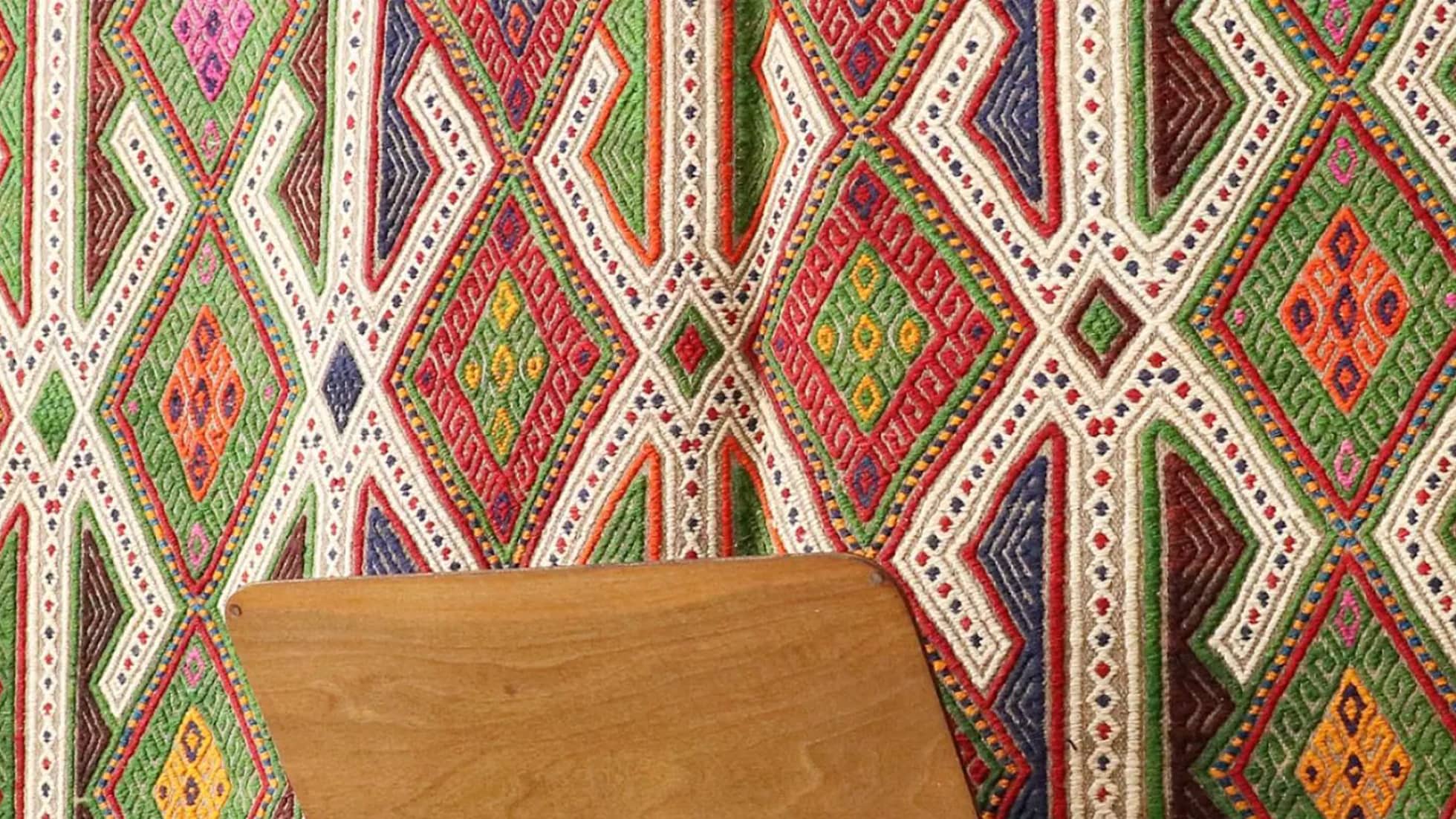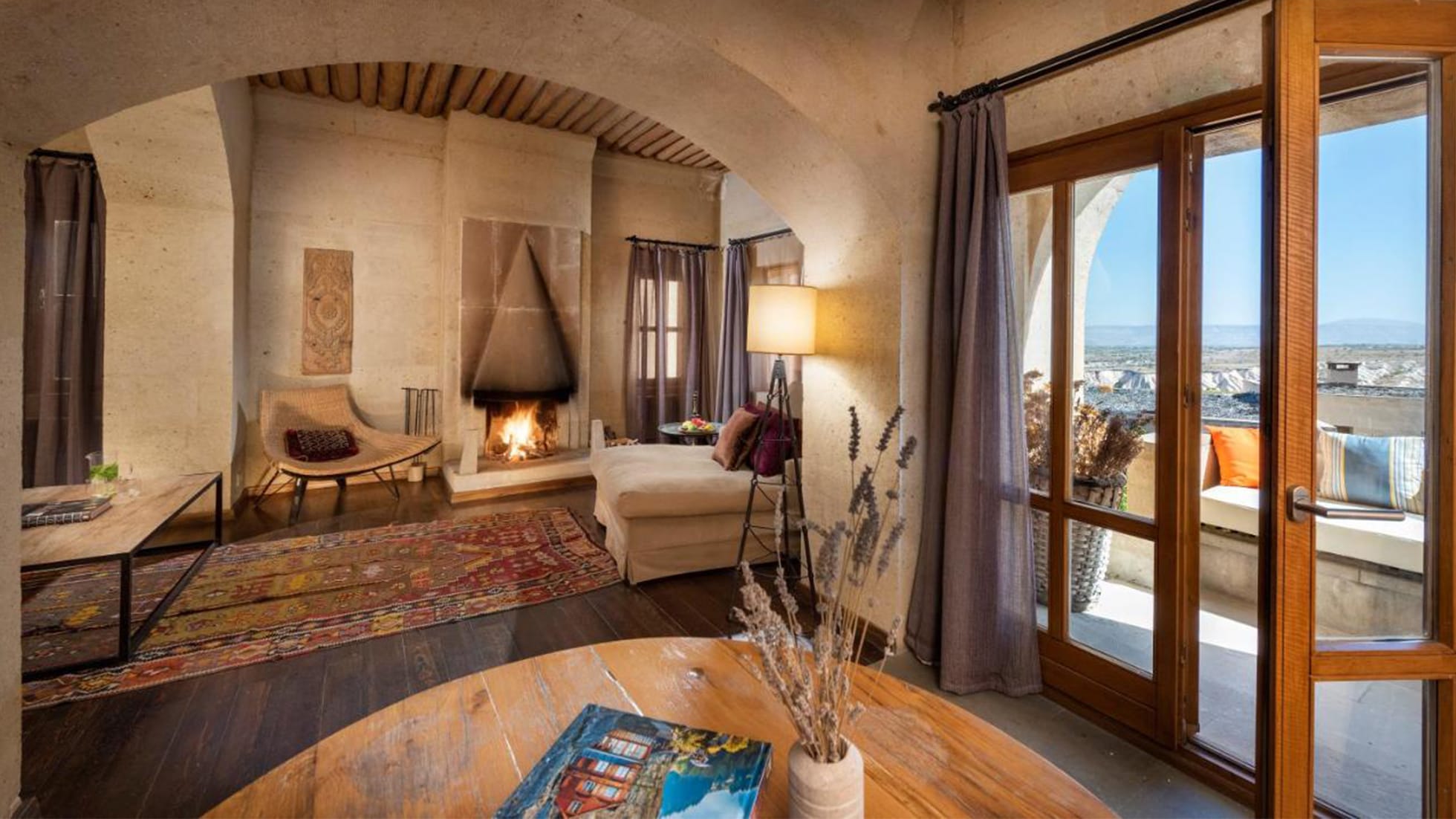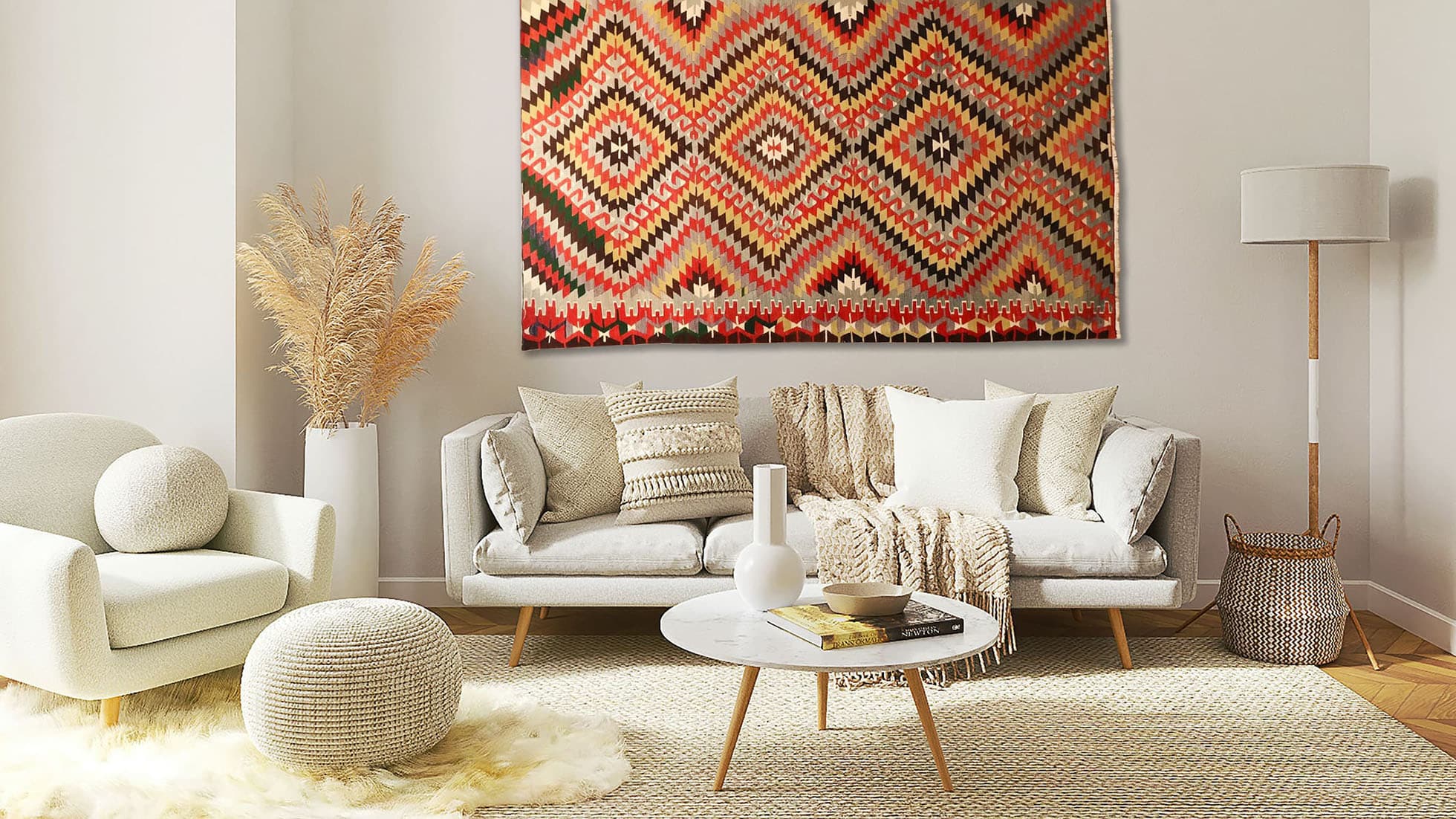
A Collector's Guide—Understanding the Meanings Behind Motifs in Anatolian Kilim Rugs
Anatolian kilim rugs are not just exquisite pieces of art; they also carry a rich tapestry of cultural, historical, and symbolic significance. Each rug tells a unique story through the intricate motifs woven into its fabric, reflecting the heritage and traditions of the region. In this exploration, we delve into the meanings behind some of the most prevalent motifs in Anatolian/Turkish kilim rugs.

Traditional Kilim Rug Motif/Pattern Chart by Kilim Couture New York
This image is the exclusive property of Kilim Couture New York and is protected under copyright law. Unauthorized use, reproduction, or distribution of this content without written permission is a violation of intellectual property rights and may result in DMCA takedown requests, removal from search engines, and other legal consequences.
Tree of Life—Roots to Heaven
The "tree of life" is a widespread motif in Anatolian and Turkish kilim rugs, symbolizing the connection between the earth and the heavens. The tree's roots often reach deep into the ground, representing a strong link to the past and ancestry, while its branches extend towards the sky, signifying growth, fertility, and the continuity of life.
Hands on Hips—Embracing Fertility and Fortune
'Elibelinde', or "hands on hips", is a motif commonly found in Anatolian rugs. It typically features a female figure with hands on her hips, emphasizing fertility, motherhood, and protection. This motif is believed to bring good fortune, prosperity, and safeguard the household.
Ram's Horn—Strength and Protection
The "ram's horn" motif is a symbol of power, strength, and masculinity in Anatolian and Turkish culture. It is often associated with protection and is believed to ward off evil. The motif's presence in a rug is thought to bring courage and resilience to the household.
Eye—The Protective Power
The "eye" motif, depicting an eye, is a powerful talisman against the evil eye—a belief deeply rooted in Anatolian and Turkish folklore. This protective symbol is thought to ward off malevolent glances and negative energy, ensuring the well-being of those in its presence.
Fertility—Hands on Hips, Ram's Horn, and Eye Motifs Combined
The motifs of "hands on hips" and "ram's horn" take on a special significance when used together, symbolizing the union of a man and a woman. This fertility pattern often incorporates two 'elibelinde' motifs representing the female, two 'kocboynuzu' motifs indicating the male, and an eye motif placed strategically in the composition. The eye motif serves a protective function, shielding the family from the malevolent forces of the evil eye.
Hair Band—Expressing Emotions and Desires through Hairstyles
Anatolian women use their hairstyles as a means of expression, with the "hair band" motif carrying specific meanings. Newly married women often plait their hair and tie threads of different colors, known as 'belik', at the end of each plait. The presence of the hair band motif signals a desire for marriage, and if a woman incorporates some of her hair into the weaving process, it becomes a poignant expression of her yearning for immortality. In wedding ceremonies, the hair band becomes an ornament, crafted from materials like black cord, wool, silk thread, horse tail, beads, sea shells, golden thread, and corals.
Fetter—Symbolizing Family Union and Everlasting Devotion
The "fetter" motif, reminiscent of the cuffs placed on the front legs of horses, carries profound symbolism in Anatolian weaves. It represents the continuity of the family union, the unwavering devotion between lovers, and the heartfelt wish that they remain together through thick and thin. This motif, also known as 'kostek', beautifully encapsulates the hope for everlasting connections.
Chest—Trousseau and Hopes of Young Girls
The "chest" motif holds a special place in Anatolian rugs, symbolizing the trousseau chest of a young girl. As the materials within this chest are destined for use in her future husband's home, the motifs reflect the expectations and dreams of the weaver. The similarity of motifs on wooden cradles and trousseau chests, coupled with the use of chest motifs on jijims as cradle covers, suggests a profound connection to the desire for marriage and the anticipation of welcoming a child.
Love and Unison, Ying-Yang—Symbol of Dualism and Harmony
The "love and unison" motif, reminiscent of the Ying-Yang symbol, originates from the Far-East and found its way to Anatolia, symbolizing the harmony between a man and a woman. Comprising two opposing colors with a dot in the color of the other, this motif signifies the inherent imperfections in nature and the interconnectedness of dual forces. In Anatolian cultures, even numbers, particularly two, are linked to reproduction and fertility.
Star—Beyond Happiness to Fertility
While the "star" motif in Anatolian weaving commonly conveys happiness, its significance goes beyond mere celestial symbolism. The six-pointed star, often known as Solomon's Seal, has roots dating back to the Phrygians. Contrary to the symbolic association with Solomon, the star in Anatolian culture is deeply tied to fertility, particularly in mother goddess statues where it symbolizes the womb.
Running Water—A Vital Theme Representing Life
The theme of "running water" holds great importance in human culture, symbolizing life's vitality. Widely used in various works of art, the pattern of running water varies based on the material it adorns, creating a visual representation of the life-giving force that is essential for mankind.
Burdock—A Protective Motif Symbolizing Abundance
"Burdock", a plant with burrs believed to ward off the evil eye, is not only a protective motif but also a symbol of abundance. The term "like a burdock", meaning full of flowers, is reflected in its use on flour bags, adding a touch of symbolism to everyday objects as a safeguard against malevolent influences.
Hand and Comb—Safeguarding Against Evil and Expressing Desires
The "hand" motif, with its five fingers, serves as protection against the evil eye in Anatolian culture. This motif, closely tied to the concepts of fertility and motherhood, traces its roots back to ancient times. The "comb" motif, on the other hand, is associated with marriage and birth, expressing the desire to get married and safeguarding these life events from the influence of the evil eye.
Amulet, Evil Eye—Protection Through Symbolic Objects
In Anatolian belief, the "evil eye" is a potent force, believed to cause harm and misfortune. To counteract this, various amulets are employed, including blue beads, wild mustard, garlic, sea shells, old coins, lead, mercury, and the silver or gold 'masallah' motifs. The written charm known as 'muska' is also widely used, believed to possess magical and religious power, providing protection against external dangers.
Cross—Ancient Symbol Against Malevolent Glances
The "cross" motif, formed by a vertical and horizontal line, serves as a potent symbol against the evil eye in Anatolian belief. Dating back far before Christianity, the cross is seen as dividing the power of the evil glance into four pieces, reducing its impact. Variations like the swastika have also been used since ancient times.
Hook—Warding Off Evil with the Anatolian Hook
The "hook" motif is another symbol used to protect against the evil eye. The variation called 'gonul cengeli' finds its place on stockings, carrying implications of marriage and acting as a powerful talisman against negative influences.
Dragon—Guardian of Treasures and Fertile Rains
In Anatolian motifs, the "dragon" is a mythological creature associated with the protection of treasures and secret objects, as well as the symbol of the tree of life. Stylized as a cloud in various works of art, including textiles and miniatures, the dragon's fight with the Phoenix is believed to bring fertile rains of spring. The dragon, a great serpent, was historically associated with lunar eclipses.
Scorpion—A Protective Motif Against Venom
Due to the fear of its venom, the "scorpion" motif appears in Anatolian jewelry as a protective symbol. Its presence, whether in the form of a scorpion or as a decoration adorned with the scorpion's tail, is believed to safeguard individuals from the potential harm posed by this creature.
Wolf's Mouth—Symbolizing Protection Against Wolf Attacks
The "wolf's mouth" motif, commonly used in joinery to signify triangular fittings, conveys a wish for solidarity akin to the fetter motif. In Anatolian weaves, particularly those created by nomadic or seminomadic tribes engaged in cattle breeding, the motif takes on a different purpose. It serves as a means of protection against wolf attacks, reflecting the primary threat faced by these.
Bird—Wings of Happiness, Joy & Love
The "bird" motif in Anatolian culture transcends mere representation; it embodies a profound symbolism encompassing happiness, joy, and love. Beyond its earthly associations, the bird serves as a spiritual entity, symbolizing the soul of the departed and carrying with it the anticipation of news and longing. This motif stands as an emblem of power and strength, reaching imperial heights as it becomes the symbol of various states founded in Anatolia.
Turkish kilim rugs are not just functional items but pieces of cultural heritage woven with stories of tradition, belief, and craftsmanship. The motifs present in these rugs serve as a visual language, communicating the values and aspirations of the weavers' communities. As you admire the beauty of Anatolian kilim rugs, take a moment to appreciate the depth of meaning woven into each intricate pattern, connecting you to a rich tapestry of cultural history.




Leave a comment
This site is protected by hCaptcha and the hCaptcha Privacy Policy and Terms of Service apply.